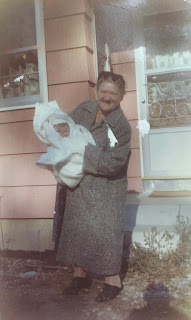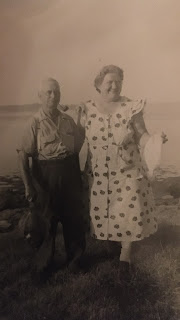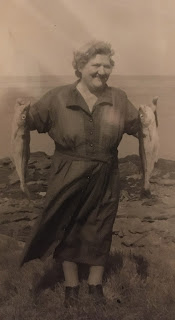Let's not be fooled: weaponizing everything has another word when it is a strategy used by non-White people.
That word is terrorism. And terrorism is the environment in which we are now living in the U.S. -- and not as a target from foreign entities.
Terrorism: ordinary individuals weaponizing their bodies, vehicles, or arms to achieve control and political aims.
The news from Wisconsin this week has not been good on this front.
Last night, a man drove his red SUV through barricades and into a holiday parade, killing, at last count, five people and injuring many more. Weaponizing his vehicle, as we've seen in Charlottesville and other incidents.
This was not a protest but significantly in many ways a Christmas parade: and even if it were a protest, the response should not be weaponized by either individuals or the government.
We allegedly have the right of peaceful protest in this nation. Of taking a knee whether on the football sidelines or the streets.
But wait: that brings us to the second piece of news from Wisconsin. The verdict in the Kyle Rittenhouse case.
If weaponizing our civic commons is legal -- i.e., everyone has the right to open carry deadly weapons in public -- then the only self defense is weaponized. As the jury found in Rittenhouse's case.
Gun rights activists are predominantly white and male and this is no accident given our nation's history. Pew survey after Pew survey have found that 60%+ of adults with guns in America today are white men, while this same demographic represents just one third of the U.S. population.
Guns are means of violent control. Ask any woman. Every year, more than 600 women are shot to death by "intimate partners" -- roughly one every 14 hours. Ask any indigenous person, against whose ancestors White colonists used guns and fire to commit "total warfare" or genocide to take the land: killing women and children in multiple massacres, placing bounties on scalps, destroying food supplies. Some but not most of these massacres were conducted by the military; the rest by the "militias" or Rangers now so sacred to the conservative right wing. And these "militias" were fiercely defended by the government in the Second Amendment as they were the principle means for the control of enslaved peoples. Disarming militias was seen as equivalent to subverting the slave system.
We don't need to complete a jigsaw puzzle picture from the above to get that the White Colonialist history of the U.S. is based in large part on white male violence centered on the gun.
The Second Amendment protects "well regulated militias" -- not individual terrorists. And the more our legal system and government seek to protect the rights of terrorists, the further away from democracy we move.
And finally: around "gun rights" as around so many issues, I have to laugh that this nation, and especially the conservative right, considers themselves proponents of Christianity. The Christian faith with which I grew up was quite clear: "All who take the sword will perish by the sword." (Matthew 26:52)
In times like these, I almost wish we really WERE a nation that truly followed the teachings of Christ: feed the hungry. Clothe the naked. Visit the imprisoned. Put down your swords. Peace be with you. But that's a far cry from the deadly White Colonialist nationalism that is our historical legacy. Putting this behind us will take extraordinary acts of will, morals, and vision at every level of society. Where is our Martin Luther King, Jr.? our Dalai Lama? our Nelson Mandela?
#EndGunViolence
#AntiRacism
#AntiColonialism































